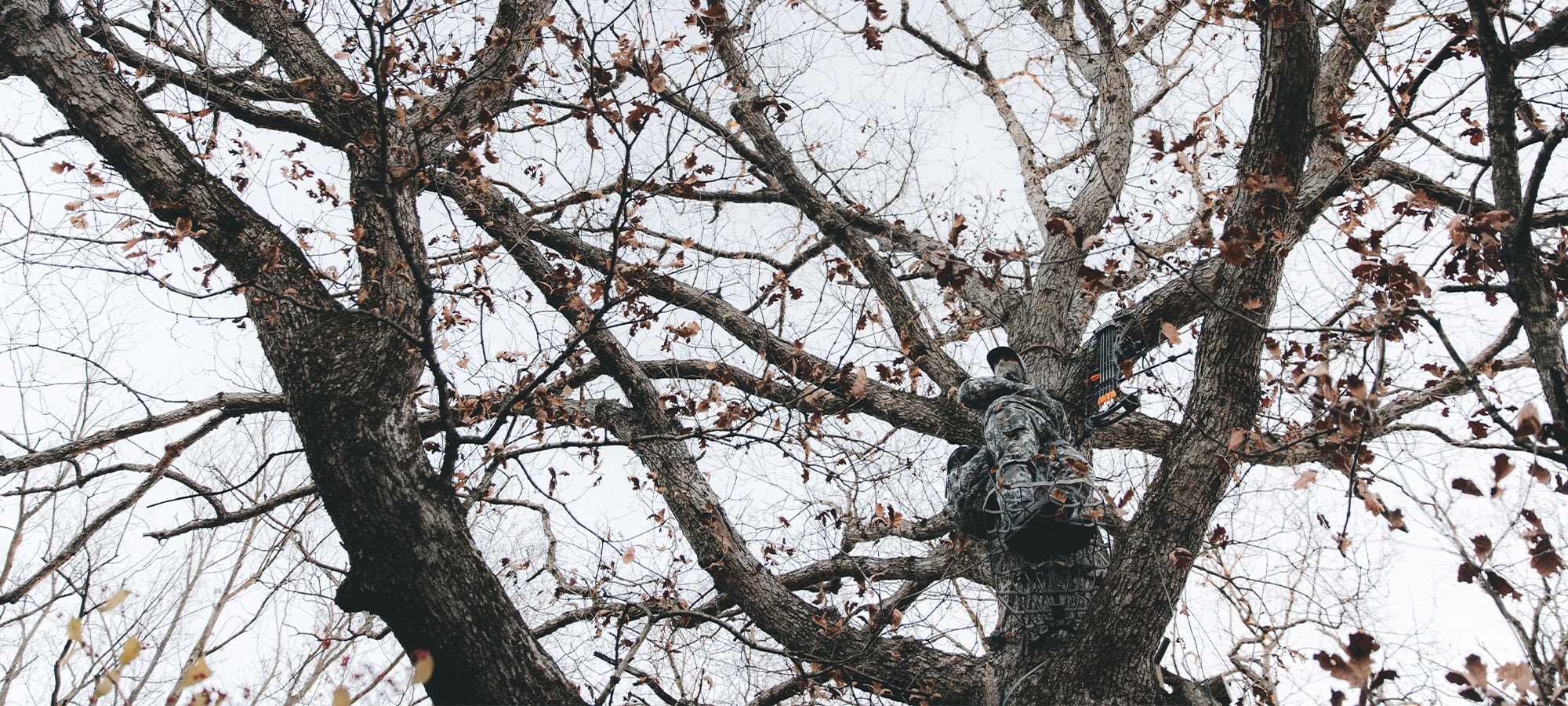To understand the unconventional approach we took in creating our concealment patterns, you have to first understand the unconventional approach we took in creating the gear those patterns would appear on. Since day one, our entire operation was founded on a drive to reformulate insulation, reengineer waterproofing, and redefine durability. So camouflage would also need to be reinvented. We were on a path headed as far from the status quo as you can get, and there was no way we were about to turn back now.
Easier said. To do so, a better form of camouflage would have to work in two ways: First, it would need to avoid stimulating the animal’s ambient system. Essentially, that means breaking up the hunter's 3-dimensional shape, not just his or her silhouette. Second, if the hunter were detected, the camouflage would have to prevent, or at least delay recognition by making them appear to have a completely different texture.
What we came up with wasn’t a stylish design, and it clearly didn’t mimic any particular environment. It was unlike anything the hunting world had ever seen, and so we simply could not call it camo. Instead, we named it GORE™ OPTIFADE™ Concealment Open Country.

It continued to prove its effectiveness in the field, and we quickly began to apply the concept and technology to other pursuits. We developed a whitetail pattern specifically designed around the vertical environment of tree stand hunting. We created two innovative waterfowl patterns informed by research on the vision of ducks and geese in flight. And in 2016, we introduced GORE™ OPTIFADE™ Concealment Subalpine for hunting ungulates at close range in vegetated terrain.
We will always be looking ahead for ways to continue developing the world’s first concealment system designed around animal vision instead of human eyesight. It’s important to the sport, and fundamental to what we as a brand believe: That sometimes the best way to connect with the wild is to minimize our presence in it.

